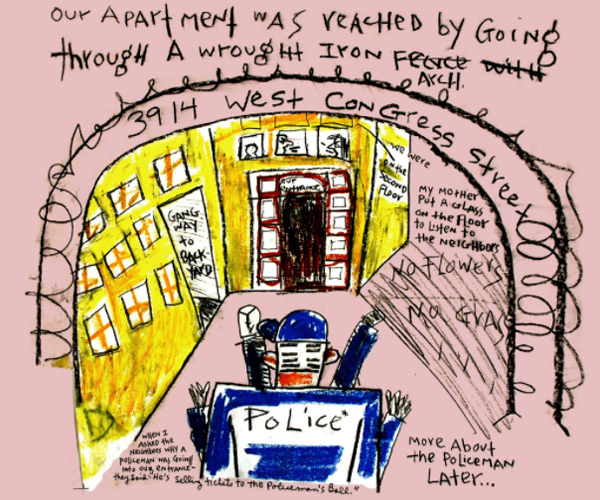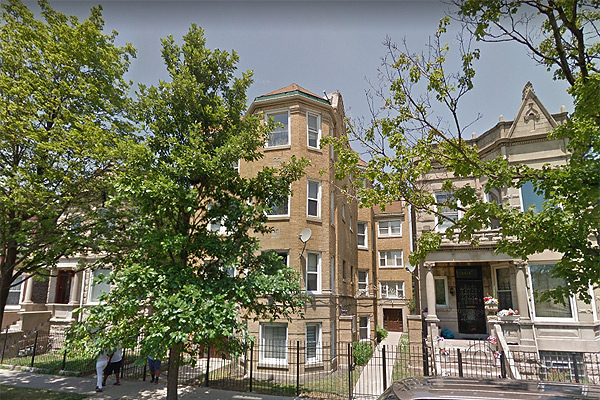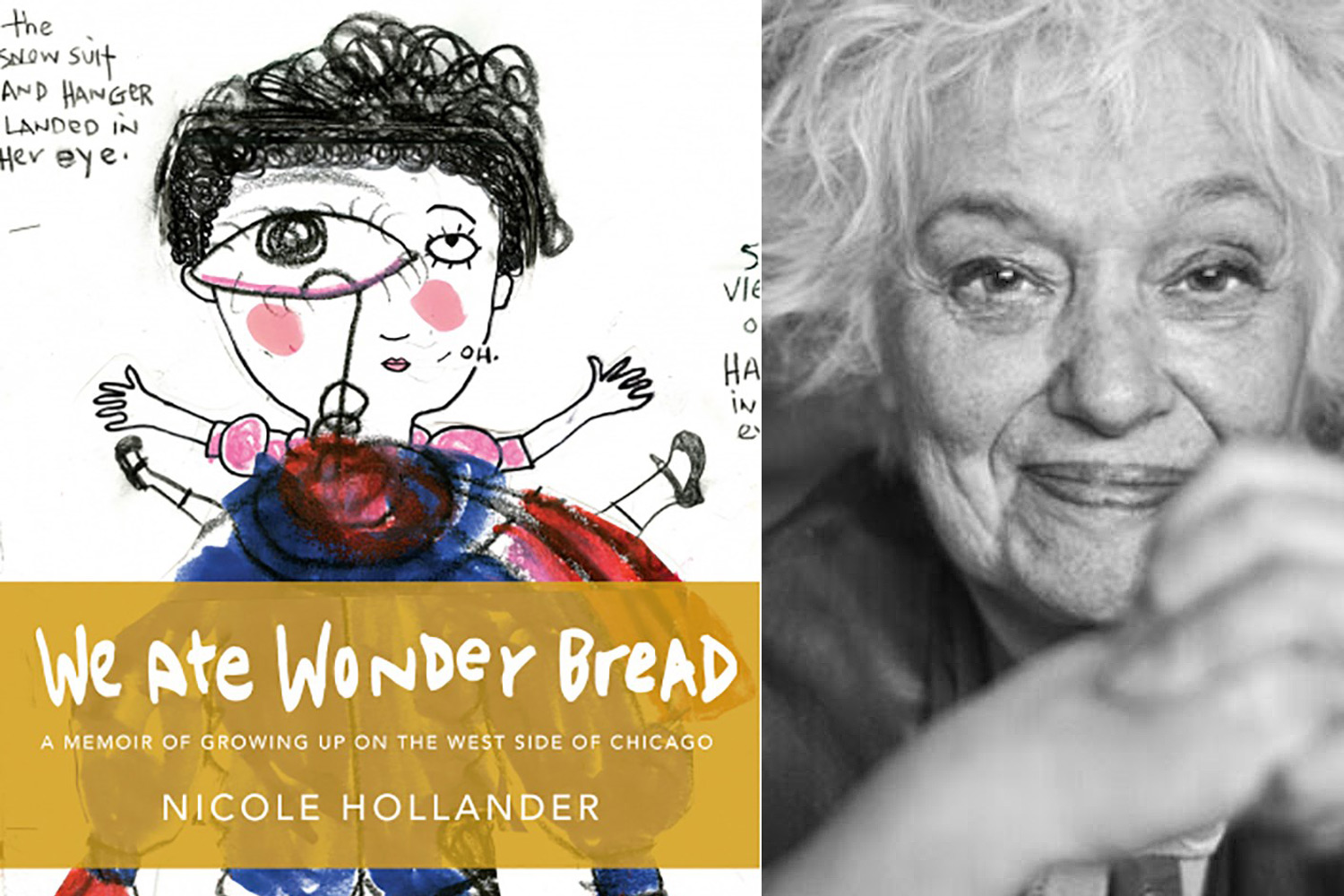Nicole Hollander might be the funniest Chicagoan of all time, but you won’t find her at the Second City or iO Theater. Now 78 years old, she’s the creator, writer, and illustrator of Sylvia, a nationally syndicated comic strip that ran in the Tribune for 30 years and quickly became a feminist icon. When the Tribune canceled the strip in 2012, Hollander left Chicago temporarily for a residency at Ragdale, where she began working on a graphic memoir.
The resulting book, We Ate Wonder Bread (Fantagraphics), made me laugh so hard and so suddenly that I spat out my LaCroix more than once. It’s the story of Hollander’s childhood in West Garfield Park during the ‘50s—before, during, and after the neighborhood was destroyed by the Eisenhower Expressway. You’ll meet her mother, as well as Olga and Esther, her mother’s best friends, whose "rough-edged, Chicago sense of humor" and feminist principles would later inspire Sylvia. And you’ll witness Hollander’s near-death experience when, working as a waitress at her father’s deli, she clears the counter a bit too soon. Customer: “I wasn’t finished. Do you know what I did to the last waitress that did that?” “What?” Customer: “I shot her.” “Oh.” “She’s dead.”
I recently spoke with Hollander over the phone about how her career started, funny women, and the six-flat where she grew up—which still stands at 3914 W. Congress Parkway.

Why write and illustrate a memoir? Where did the idea for this book come from?
I went on Google and put in my address, and my neighborhood was just sitting right there. It looked the same, except the other side of the street had been knocked out. The front part of the building was where the wealthier people lived, and we lived in the courtyard, where the children couldn't have their own bedrooms. At night, the dining room became my bedroom. The grownups congregated in the kitchen, and I could hear all their stories.
What was Garfield Park like as a kid in the 1950s?
We lived in a courtyard building right on Congress Street. When they put in the expressway, the streets became shaky, so they removed all the houses across the street from my building—and that destroyed the neighborhood. People who had some money moved to the suburbs, and people like us didn’t have enough to do that, so we [eventually] moved to Rogers Park.
What part of town do you live in now?
I'm near Belmont and Ashland—you know that giant Whole Foods? I'm in a building that is over-55-only, and in an odd way, it's like being back in a dorm, because the people on my floor all know each other and just three of us. And it's fun to be right outside Whole Foods.
How did you become a cartoonist at a time when most were men?
I moved into a studio in the Monadnock Building where I met two women who were doing a feminist newsletter called The Spokeswoman. I redesigned it to look more like a magazine, and then I got a phone call from an editor at Doubleday in New York who thought she could help me write a cartoon book about feminists, about women. She took it to her editors, who were all male, and one of them said, “A woman cartoonist is an oxymoron.”
I didn't know anything about New York because I was living in Chicago. So I said, “Could you, over the weekend, get me either an agent or a publisher?” And on Monday she called me back and said that she had. Somebody pretty high up at St Martin's. And he said, “I want to sign this woman, but you have to just take everything that she does.” And they did. And then I got my first book, I'm in Training to Be Tall and Blonde.
What was your writing and illustrating process for this book?
At Ragdale, I was in a very big studio on the prairie. I got some really beautiful paper that was rough and huge, and I just it stapled to the wall and started drawing with charcoal. It was really a wonderful way to do it, because you're drawing a story, you're illustrating your childhood, but you have no idea if it’s ever going to get published. So you just keep drawing and it just flows.

Do you miss Sylvia?
What I miss especially is the connection that I made with people. People could write to you. That’s never wholly a good thing, but it wasn’t horrible like it is now. The first time I got a letter that was horrible—and I must say, it was usually men who were horrible to me—he said, “How could women think they're funny? Who told them that?” I could feel the outrage coming off the page. But I grew up with funny women who made their husbands laugh, who made people on the street laugh, so it was never this “amazing” thing to me.
Where else can we see your work these days?
I've been doing Louder Than a Mom at Martyrs’, where people get up and tell stories on stage. I bet you could see them on YouTube. Some of them are embarrassing.
Nicole Hollander and June Huitt perform at Louder Than a Mom:



